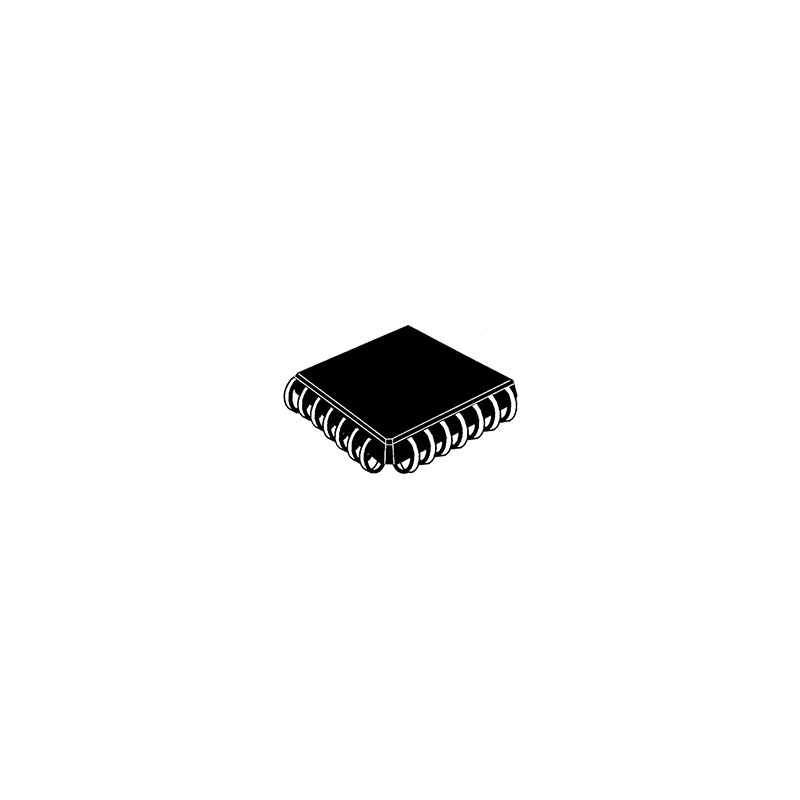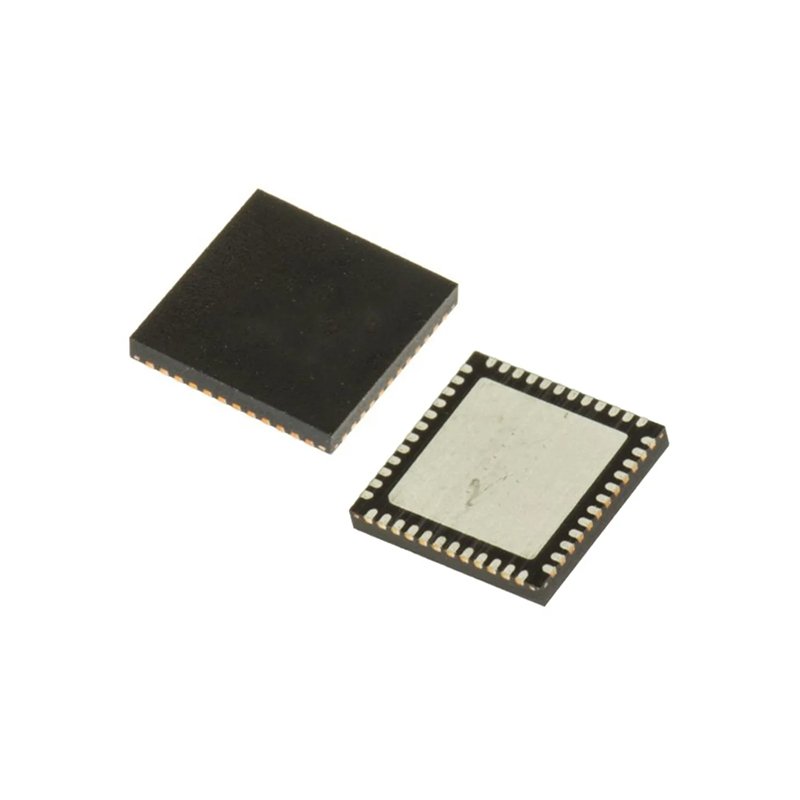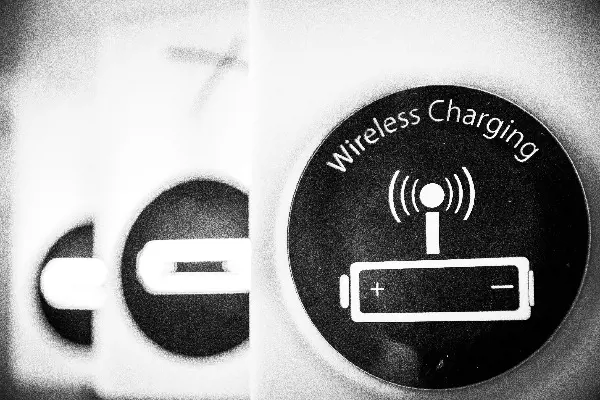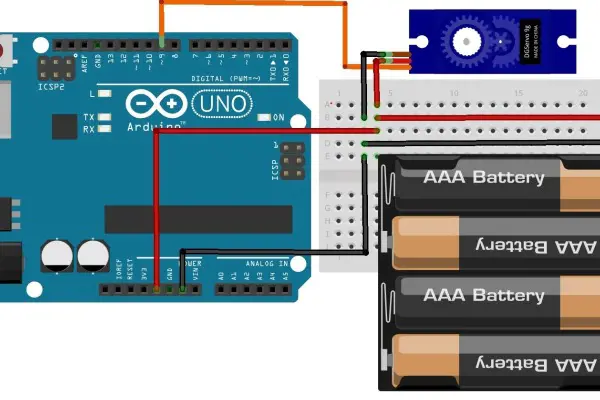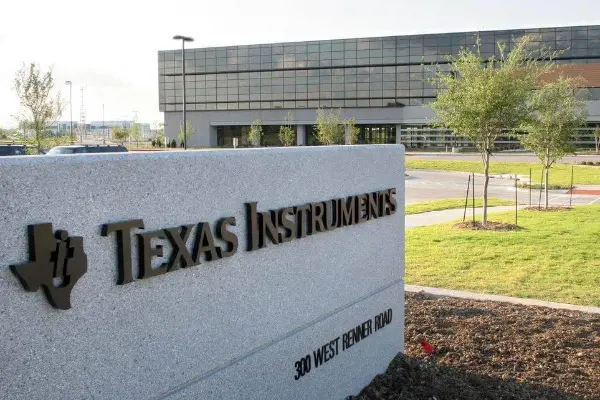Basic Introduction of Communication Networks
 Published: Apr 27, 2023
Communication Network
Share:
Published: Apr 27, 2023
Communication Network
Share:
Introduction
Modern communication networks are systems organically established by professional institutions with communication equipment (hardware) and related work programs (software), providing various communication services for individuals, enterprises, and society as a whole.
The Internet is composed of multiple computer networks, transmission, exchange (mainly referring to routers, switches, hubs), and terminals, forming a global interconnected web.

Composition
Traditional communication networks (i.e., telephone exchange networks) consist of transmission, exchange, and terminal components.
Transmission: The medium for transmitting information
Exchange: Mainly refers to switches, which are intermediaries for various terminal information exchanges.
Terminal: Refers to user devices like telephones, mobile phones, fax machines, and computers.
Communication Network Structure
There are three commonly used network topology structures: ring, bus, and star networks.
Ring Network
A ring network connects each device in a continuous loop. It ensures that signals sent by one device can be seen by all other devices on the loop.
In simple ring networks, damage to any network communication component may cause system failure, hindering normal operation. Advanced ring networks significantly improve this drawback.
An example of ring network communication is Token Ring LAN, with transmission speeds of 4 Mbit/s and 16 Mbit/s. This network communication structure was first introduced by IBM and adopted by other manufacturers. In Token Ring network communication, devices with a "token" are allowed to transmit data, ensuring only one device can send information at a time.
Bus Network
A bus network uses a cable of a certain length as a high-speed network communication link to connect devices. Devices can be removed from the bus without affecting the operation of other devices in the system. The main implementation of bus networks is Ethernet, which has become the standard for local area networks (LANs).
Devices connected to the bus monitor information transmitted on the bus to check data sent to themselves. When two devices want to send data at the same time, collisions occur on the Ethernet, but a protocol called Carrier Sense Multiple Access/Collision Detection (CSMA/CD) minimizes the negative impact of collisions.
Star Network
A star network consists of many point-to-point connections through central equipment. In telephone network communication, this central structure is a PABX. In data network communication, it is a host or hub. In star networks, devices can be easily added or removed without affecting the operation of other devices in the system.
Communication Network Construction Strategy

The choice of network and cable types mainly depends on the types of devices to be connected, their locations, and their usage. Before planning, it is essential to provide information about the network's potential load. When a network serves multiple systems, careful consideration should be given to the peak mixed data traffic.
For a completely new system, the primary task of load assessment is to calculate the number of network nodes and ask each department about their requirements in the "worst-case scenario." When replacing an existing system, monitor the system's usage for a week or longer before planning the replacement.
When software upgrades are also part of the system upgrade, such as upgrading computers from a DOS to a Windows environment, complex network evaluations are difficult. However, software suppliers may provide an assessment of network communication speed at this time. During the planning stage, demand planning and requirement planning should be equally important.
The average target life cycle of a cabling system is 15 years, consistent with the major building refurbishment cycle. During this time, significant changes will occur in the computer hardware, software, and usage methods of the system. The requirements for network throughput, reliability, and security will undoubtedly increase.
In the early stages of network construction, professionals should also develop detailed technical indicators for network communication speed as an essential part of the work. Developing rough technical indicators for networks and cabling is a common mistake made by IT administrators. Immature networks may lead to system crashes, which can be costly, so it is unwise to excessively save funds during the network installation phase.
When formulating detailed technical indicators for network communication speed, the following key factors should be considered:
Usage patterns, including the size of mixed data flow traffic and the duration of peak loads for all applications
Number of users and potential growth rate
User locations and the maximum distance between them, as well as the likelihood of changes in user locations
Connections with current and future computers and software
Available space for cable wiring
Total investment of the network owner
Regulatory and security requirements
The importance of preventing service loss and data leakage
Communication Network Professions
This refers to personnel engaged in network management, configuration management, performance management, fault management, and other tasks in communication networks. Their main responsibilities include:
Using network management systems for data queries and statistics
Analyzing network performance, evaluating quality, collecting and processing data, and forming databases
Monitoring alarms and collecting fault information through network management systems
Conducting daily maintenance and testing of network devices, identifying and troubleshooting faults
Relevant Differences
Computer networks and communication networks have become inseparable. Computer networks focus on the five-layer architecture of physical, data link, network, transport, and application layers, as well as switch and router technologies, which are essential knowledge.
Local area networks (LANs) and wide area networks (WANs) refer to computer networks. In contrast, communication networks emphasize the security, reliability, and transmission efficiency of data during transmission. Examples include mobile communication networks, satellite communication networks, and the often-mentioned 2G and 3G networks. The boundary between the two has become blurred.
Recommend Products
Related Solutions
-
![NXP Introduces High-Power Wireless Charging Solution for Laptops and 2-In-1 Tablets]()
NXP Introduces High-Power Wireless Charg...
NXP Semiconductors announced the first high-power wireless charging solution for notebooks and 2-in-...
Apr 28, 2023 Consumer Electronics -
![Multifunctional Street Light Automatic Control Circuit Solution]()
Multifunctional Street Light Automatic C...
The street light automatic controller is suitable for the automatic control of street lights in resi...
Apr 26, 2023 Consumer Electronics -
![How Can IoT Solution Providers Build a Secure IoT System at Different levels?]()
How Can IoT Solution Providers Build a S...
The Internet of Things (IoT) has been attracting a lot of attention in the industry for its security...
Apr 25, 2023 Consumer Electronics -
![ADI Proposes a Solution for Servo Motor Control]()
ADI Proposes a Solution for Servo Motor ...
For motor control solutions, ADI offers a comprehensive portfolio of products, including analog-to-d...
Apr 25, 2023 Consumer Electronics -
![IoT Transforms and Adds Value to Consumer Electronics Industry]()
IoT Transforms and Adds Value to Consume...
The Internet of Things (IoT) is taking consumer electronics to another level and could lead to the n...
Apr 26, 2023 Consumer Electronics -
![Texas Instruments Programmable Logic and Automation Controller (PLC/PAC) Solutions]()
Texas Instruments Programmable Logic and...
Programmable logic controllers (PLCs) and programmable automation controllers (PACs) process and con...
Apr 26, 2023 Consumer Electronics


 Update Time: Apr 28, 2023 Consumer Electronics
Update Time: Apr 28, 2023 Consumer Electronics

